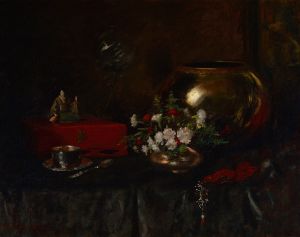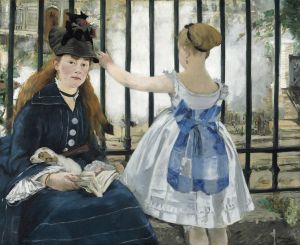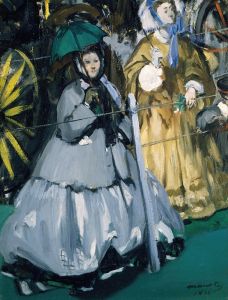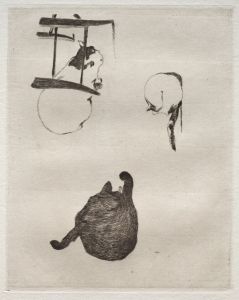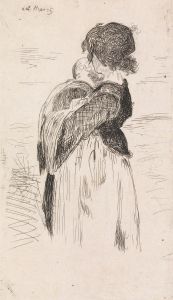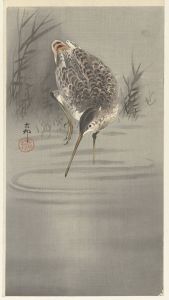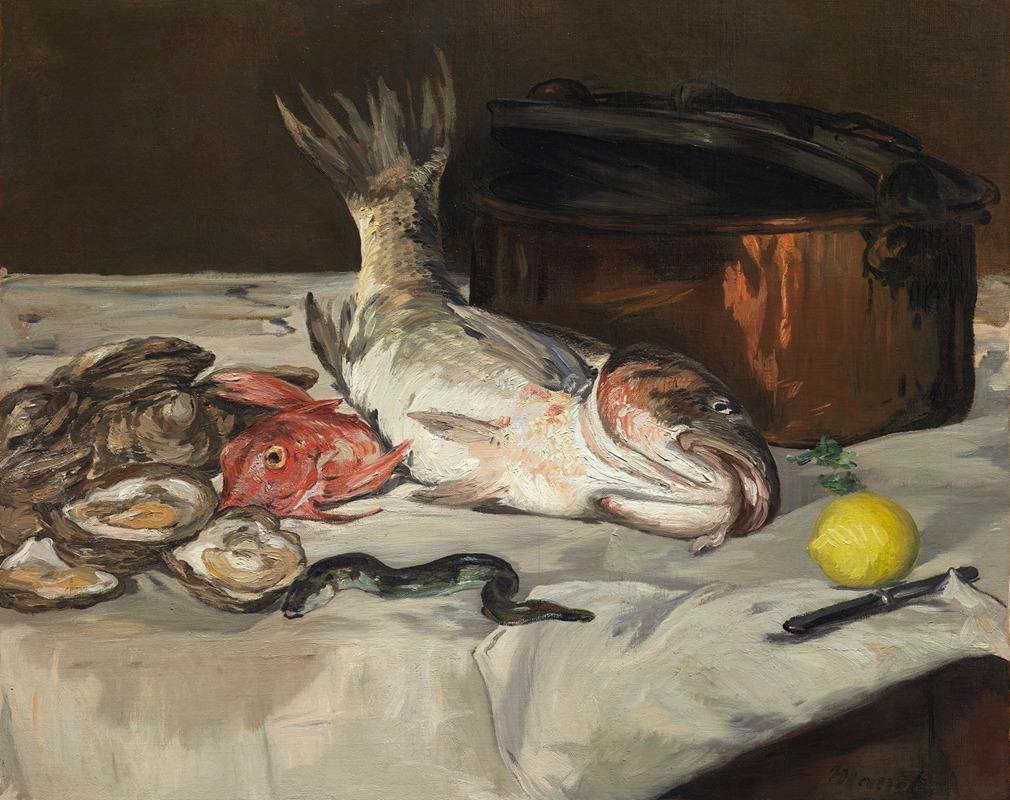
Fish
A hand-painted replica of Édouard Manet’s masterpiece Fish, meticulously crafted by professional artists to capture the true essence of the original. Each piece is created with museum-quality canvas and rare mineral pigments, carefully painted by experienced artists with delicate brushstrokes and rich, layered colors to perfectly recreate the texture of the original artwork. Unlike machine-printed reproductions, this hand-painted version brings the painting to life, infused with the artist’s emotions and skill in every stroke. Whether for personal collection or home decoration, it instantly elevates the artistic atmosphere of any space.
Édouard Manet, a prominent French painter of the 19th century, is widely regarded as a pivotal figure in the transition from Realism to Impressionism. Among his many works, Fish (French: Poissons) is a still-life painting that exemplifies his skill in capturing the textures and colors of everyday objects. This painting, created in 1864, showcases Manet's interest in still-life compositions, a genre he revisited throughout his career.
The artwork depicts a simple yet striking arrangement of fish on a flat surface, likely a kitchen table or similar setting. The fish, rendered with meticulous attention to detail, are presented in a naturalistic manner, emphasizing their silvery scales and lifelike textures. The composition is minimalistic, with the fish placed against a dark, neutral background that enhances their visual prominence. This simplicity allows the viewer to focus on the interplay of light and shadow, a hallmark of Manet's technique.
Manet's approach to still life was influenced by the Dutch Golden Age painters, particularly their ability to elevate everyday objects into subjects of artistic significance. However, Manet's work also reflects his modern sensibilities, as he often stripped away extraneous details to focus on the essence of the subject. In Fish, this is evident in the stark contrast between the luminous fish and the subdued background, creating a sense of immediacy and intimacy.
The painting is notable for its use of color and texture. Manet employed a limited palette, relying on subtle variations in tone to convey the sheen of the fish and the tactile quality of their scales. The brushwork is loose yet precise, capturing the organic irregularities of the fish's form. This technique demonstrates Manet's mastery of balancing realism with painterly expression.
Fish is part of the collection at the Musée d'Orsay in Paris, which houses many of Manet's works. The painting is often praised for its simplicity and elegance, as well as its ability to convey the beauty of ordinary subjects. It serves as an example of Manet's innovative approach to still life, a genre that he helped to redefine in the context of modern art.
Through Fish, Manet demonstrated his ability to transform a humble subject into a compelling work of art, highlighting his role as a trailblazer in the evolution of Western painting. The painting continues to be appreciated for its technical excellence and its contribution to the broader narrative of 19th-century art.





